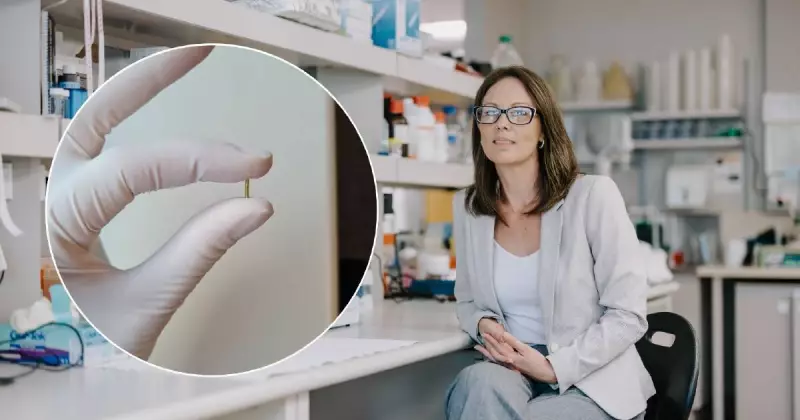
In a significant medical breakthrough that could change the landscape of cancer treatment, researchers from the University of Wollongong have developed an innovative implant designed to combat one of medicine's most challenging adversaries - pancreatic cancer.
A new approach to an old enemy
The revolutionary device, created by a dedicated team at UOW's Australian Institute for Innovative Materials, represents a radical departure from conventional cancer treatments. Unlike systemic chemotherapy that affects the entire body, this targeted approach delivers treatment directly to the tumour site.
Professor Stephen Beirne, one of the lead researchers, explains the significance: "Pancreatic cancer has one of the lowest survival rates of any major cancer. Our device offers a more targeted, potentially more effective approach that could significantly improve patient outcomes."
How the technology works
The implant functions as a sophisticated drug delivery system that can be precisely positioned within the body. Once implanted near the pancreatic tumour, it releases chemotherapy medications directly to the cancer cells while minimising exposure to healthy tissue.
- Localised treatment: Delivers chemotherapy directly to the tumour site
- Reduced side effects: Minimises damage to healthy cells throughout the body
- Sustained release: Provides continuous medication over an extended period
- Customisable approach: Can be tailored to individual patient needs
The Australian advantage in medical innovation
This development places Australian medical research at the forefront of global cancer treatment innovation. The project has received substantial support through a $683,000 grant from the Australian Research Council, recognising its potential to make a real difference in cancer care.
Dr Danielle Vahala, another key researcher on the project, emphasises the collaborative nature of their work: "We're bringing together expertise from materials science, engineering, and medicine to create something that could genuinely improve quality of life for pancreatic cancer patients."
The road ahead
While the technology shows immense promise, the research team acknowledges there's still work to be done. The next phase involves rigorous testing and refinement before the device can progress to clinical trials with human patients.
"What's exciting about this approach is its potential to transform how we treat not just pancreatic cancer, but potentially other difficult-to-access tumours in the future," Professor Beirne adds.
This Australian innovation represents hope for the thousands diagnosed with pancreatic cancer each year, offering a glimpse into a future where this devastating disease might be fought with greater precision and effectiveness.




